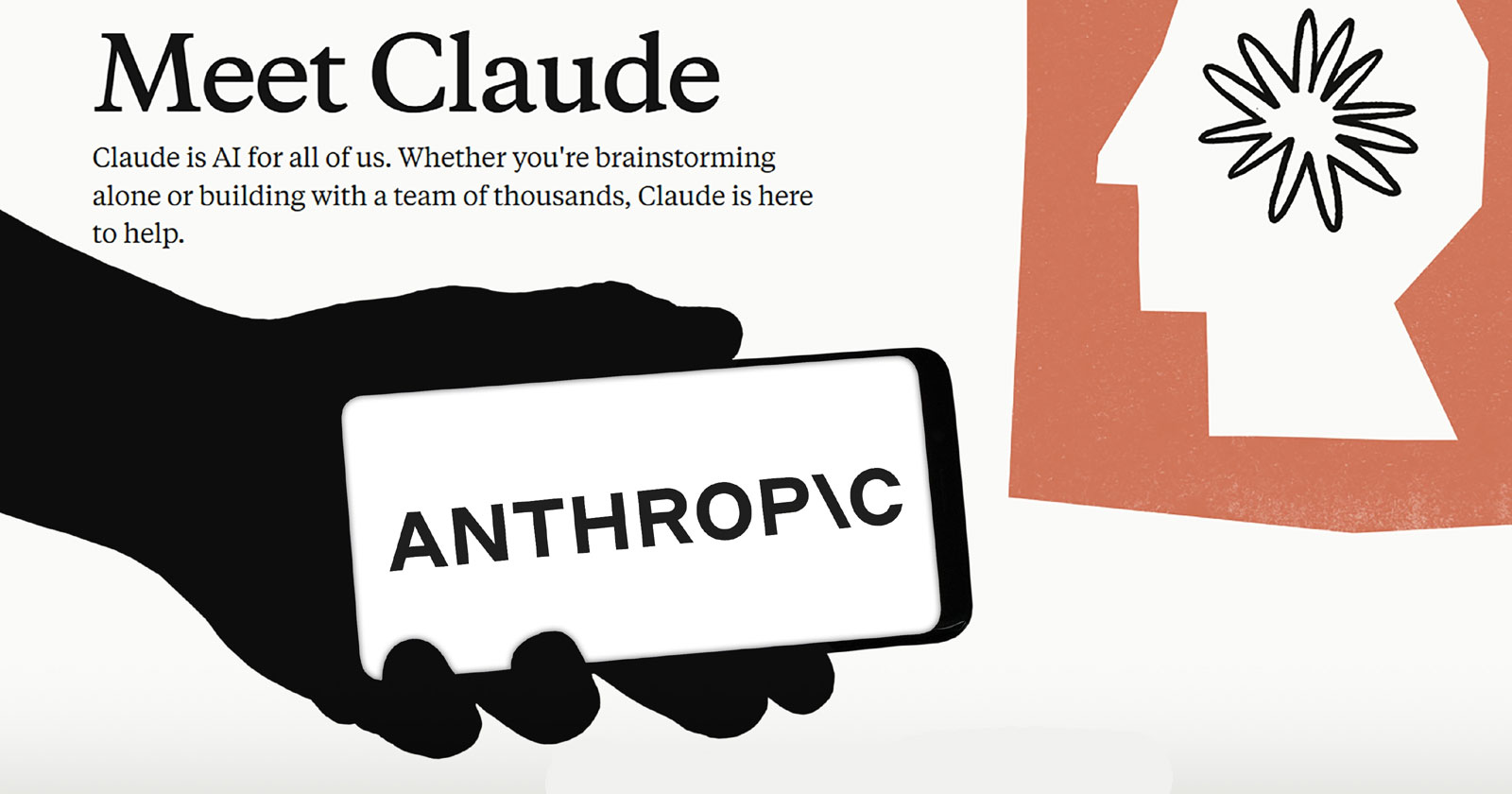Michigan couple makes $9,000 a month teaching people to launch lucrative side hustles: Our No. 1 rule is 'anyone can do it'
Jamie and Sarah McCauley started their YouTube channel, which teaches people how to start side hustles, in 2019. Now, it brings them up to $9,000 per month.

In 2020, Jamie and Sarah McCauley filmed themselves ripping, repainting and restoring thrifted furniture. They resold the items, made more than $1,000 in profit and posted the results on YouTube.
Within a week, the video received 20,000 views. The McCauleys, who live off a variety of concurrently running side hustles, sensed opportunity. They started posting more videos about their other streams of income, which include rental properties, house flipping projects and reselling return pallets from Amazon and Target.
Teaching people how to build those types of hustles has proved lucrative: In the last year, the McCauleys made $102,000 from their YouTube and other social media channels, according to documents reviewed by CNBC Make It.
That averages out to $8,500 per month. During their best month of the year, they brought in $9,000.
The McCauleys say some of their furniture flips are as simple as staging and taking fresh photos of the product.
Jamie and Sarah McCauley
"We started to realize: This is a great way for people to make extra money if they have bills, or they just aren't able to pay their rent, or they want to go on a nice vacation with their family," Sarah says. "Anyone can do it."
But of all their income streams, Jamie says their YouTube and social media presence is the most stressful to manage.
Here's how they built it, and what goes into maintaining it.
How to build a social media career
Jamie and Sarah knew the ins and outs of social media from years of running a successful wedding photography business, which at its height made $150,000 per year, Jamie says.
But after having two children, the couple realized they didn't want to spend weekends away from their family. So they started buying, renovating and renting out properties around west Michigan, hoping for a more passive income stream that would encourage schedule flexibility.
It worked, and the extra time allowed them to embrace a variety of side hustles. They got the idea to post their furniture and property-flipping adventures on YouTube in 2019, and immediately found it challenging.
Initially, Jamie worked 30 hours per week on the YouTube project alone, with Sarah working an additional 10 — on top of their efforts to sell two flipped houses and manage their photography business.
It took them a full year to hit 1,000 subscribers and 4,000 hours of watch time, making them eligible for Google AdSense, a feature that allows creators to monetize their YouTube videos with advertisements.
"We weren't really sure where home design or flipping or photography or YouTube would lead us," Sarah says. "But we knew if we put ourselves out there, it would open more opportunities."
Flipping pros and cons
There are a couple of clear-cut benefits to flipping and reselling furniture and home décor online, especially during times of economic uncertainty, Sarah says.
For instance, more people are willing to hunt for deals on eBay and Facebook Marketplace when times are tough, instead of frequenting their usual retail stores.
"When a recession hits, people don't want to pay full price for things," she says. "Thrift stores thrive during recessions, and I think resellers do, too, because people are trying to save money in any way they can."
Unlike real estate, the gambles of buying and reselling furniture are minimal in both price and risk, the McCauleys say. There's less of a financial investment, and Sarah says she's broken even on every flip.
The McCauleys say they staged and resold this $50 Facebook Marketplace dresser for $300.
Jamie and Sarah McCauley
The couple says one of their best flips was a mid-century dresser they bought for $50 on Facebook Marketplace. All they had to do was stage and take a nice photo of the dresser before reselling it for $300.
Sometimes, after buying furniture, the couple realizes the items have more flaws than they expected. Usually, this means investing more time and money into fixing up the piece, which can affect the item's eventual sale value, they say.
In those cases, "we just get our money back instead of gaining a huge profit, but we've never really lost money from it," Sarah says.
Costs and effect
Going a full year without making any money from YouTube was difficult, the McCauleys say. And simply qualifying for AdSense didn't guarantee the big bucks.
"The slower growth and the inconsistency of it, it's been more of a mental struggle to keep pushing and believing the process," Jamie says. "Now, we're in a better spot, but throughout that two-year period, it was a question of, 'Is this what we should be doing? Is this going to work out?'"
In 2020, the couple felt a shift, they say. Their videos started going viral more regularly, and brands like Skillshare, Beyond Paint and HelloFresh reached out to them with partnership opportunities.
The sudden attention was overwhelming, and they didn't immediately know which brands to trust. These days, the McCauleys work with an agency that vets the brands and sets up contracts for them, claiming an 18% from a number of those partnerships, they say.
Sarah says she often notices undervalued items at Goodwill, which she resells for a profit on sites like eBay.
Jamie and Sarah McCauley
Monetizing their YouTube presence allowed them to shut down their photography business, which significantly cut down their weekly workload.
But there's still a mental struggle that comes with inconsistent income, Jamie says. When you're reliant on advertising and brand partnerships, your earnings depend on viewership, and the algorithm often feels beyond their control.
"There are times of discouragement where there's not a whole lot coming in," Jamie says. "But there are also good months where a lot of money is coming in. It's about the long game and trying to continue to push through. It's perseverance."
The couple says they have no plans to abandon their social media business. Collectively, their income streams help them make a good living while spending more time with their families than they would in standard 9-to-5 jobs.
"We want it to fit within our life, and that's the reason we wanted non-traditional jobs," Sarah says. "So that we can choose what we do."
Want to earn more and work less? Register for the free CNBC Make It: Your Money virtual event on Dec. 13 at 12 p.m. ET to learn from money masters how you can increase your earning power.
Sign up now: Get smarter about your money and career with our weekly newsletter


 Koichiko
Koichiko 
































